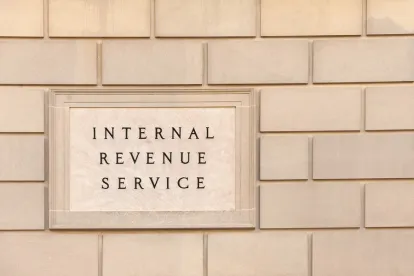The IRS released final regulations on the provisions of the Tax Cuts and Jobs Act (“TCJA”) that added Section 402(c)(3) of the Internal Revenue Code, effective January 1, 2018, special rollover relief for qualified plan loan offset (“QPLO”) amounts.
As per our initial blog on the TCJA change, distributing a plan loan offset occurs under the terms of a plan when a participant’s accrued benefit is reduced (or offset) to repay the loan. Distributing a plan loan offset amount may occur, among other circumstances, where the plan terms require that, if the participant’s request for a distribution occurs, a loan be repaid immediately or treated as in default. However, the TCJA provisions for QPLOs apply to unpaid accrued loan amounts that are offset from the participant’s plan account at plan termination or at or after severance from employment if the plan provides that the accrued unpaid loan amount must be offset because of such events. Before this law change, the deadline to roll over any plan loan offset was the 60th day after the date the loan offset arose. But for QPLO amounts, as of January 1, 2018, the deadline is the filing due date (including extensions) for the participant’s tax return for the year in which the loan offset amount arises.
The main highlights of the final regulations are:
- No changes were made to the originally proposed regulations except that the terms of the final regulations are only required to be applied to QPLO amounts that are treated under the regulations as distributed on or after January 1, 2021. This means that the properly coded Form 1099Rs for QPLO amounts treated as such under the regulations would not be due until 2022 and later years. Note this does not change the general 2018 effective date of the TJCA amendment adding QPLO provisions to the Code.
- The regulations specifically define a plan loan offset occurring because of severance from employment as an offset for failure to timely repay a loan that occurs by the first anniversary of the date of the employee’s severance.
- Several helpful examples are given that illustrate the operation of the QPLO rules in a variety of distribution and repayment failure circumstances.




 />i
/>i

